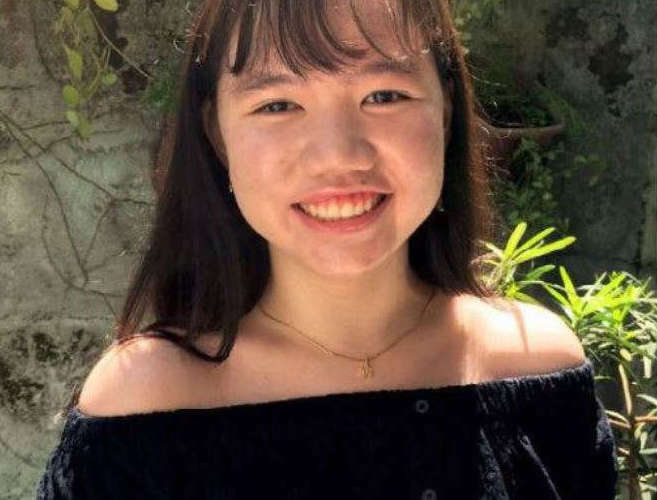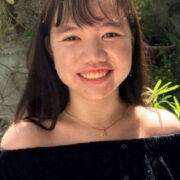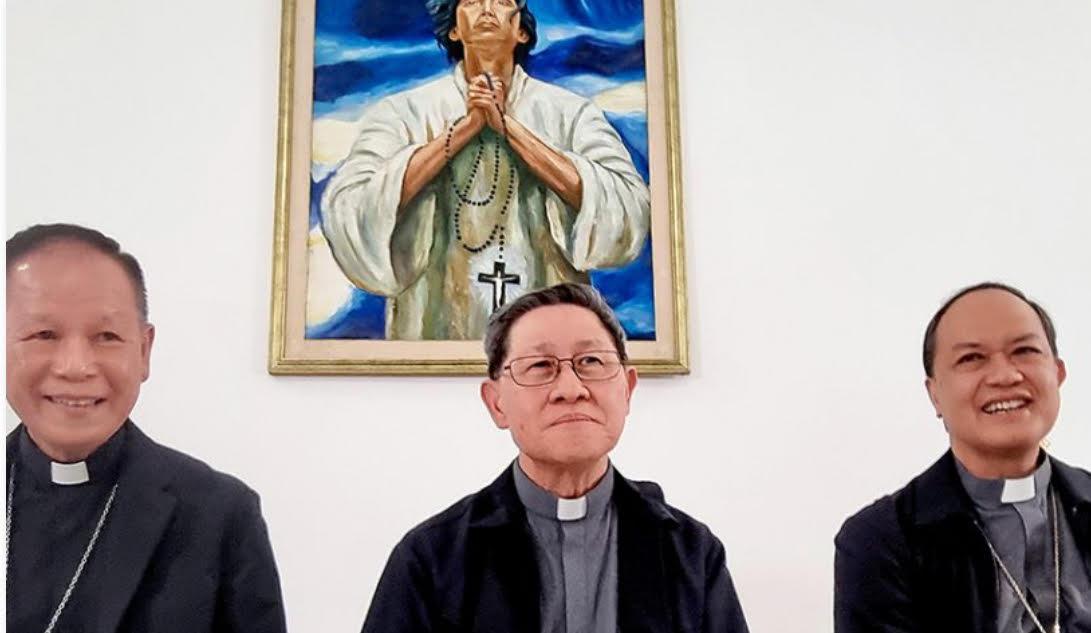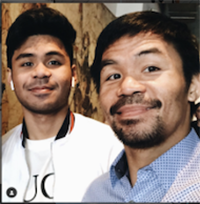
A 16-year-old Filipina is among the 11 winners of The Learning Network’s second annual STEM Writing Contest organized by the New York Times.
Natalia Araña, a Grade 11 student from the Philippine Science High School in Quezon City, won with her essay titled “Mycowood Violins: A Different Kind of Time Machine,” which focuses on scientist Francis W.M.R. Schwarze and how he replicated the sound of the world’s most famous violin, the Stradivarius, through white-rot fungi.
The Stem Writing Contest asked teenagers around the world to choose any STEM-related question, concept, or issue that interested them and explain it in 500 words or less. The winning pieces were published in the New York Times on April 29.
In her award-winning essay, Araña noted that only a few hundred Stradivarius violins, made over 250 years ago by Italian luthier Antonio Stradivari, remain in existence.
“For three months, Dr. Schwarze let these decomposers feast on the wood until its cells shrunk, letting the timber reach its optimal density without largely affecting the speed of sound travel through the material. The result? A higher radiation ratio that made the newly created “mycowood” one step closer to the resonance wood used by Stradivari — close enough, in fact, that most listeners in a blind test mistook a fungi-treated violin for the original Stradivarius!” wrote Araña.
According to her, Schwarze’s technology could provide musicians with accessible instruments made from high-quality wood, “even when the original material is lost to the past.”
“We have tried to replicate many things taken away by climate change, from the exquisite wood of the Stradivarius to the beautiful landscapes of nature. Although we can’t recover everything, researchers like Dr. Schwarze are continuing to find ways to restore the past as we carry on our battle for a more sustainable future,” Araña said.
In an interview with ABS-CBN News, Araña expressed shock and happiness over her essay being chosen among 3,741 entries from around the globe.
“The night I found out the results, my friends and I were in shock recalling how recent it seemed that they were just giving me feedback on my article, and then all of a sudden they were reading it on the New York Times!” she said.
“It was such an amazing moment to celebrate with friends and teachers from both my science high school and my orchestra, and it truly felt like I was able to bring together the best of both worlds of science and music. A lot of people cheered me on and supported me and it really touched me to see that my work was well-received and appreciated by many,” she added.
Araña also said that winning the contest gave her “hope” in using her writing to share ideas with everyone.
“To have my essay chosen among thousands of entries is something I aimed to achieve but honestly didn’t expect, but it gave me a lot of hope and confidence in using my writing to communicate scientific ideas to a general audience,” she said.
“This is something that I want to keep on doing even outside this competition, because science information is something that I believe must be accessible to anyone,” added Araña.






